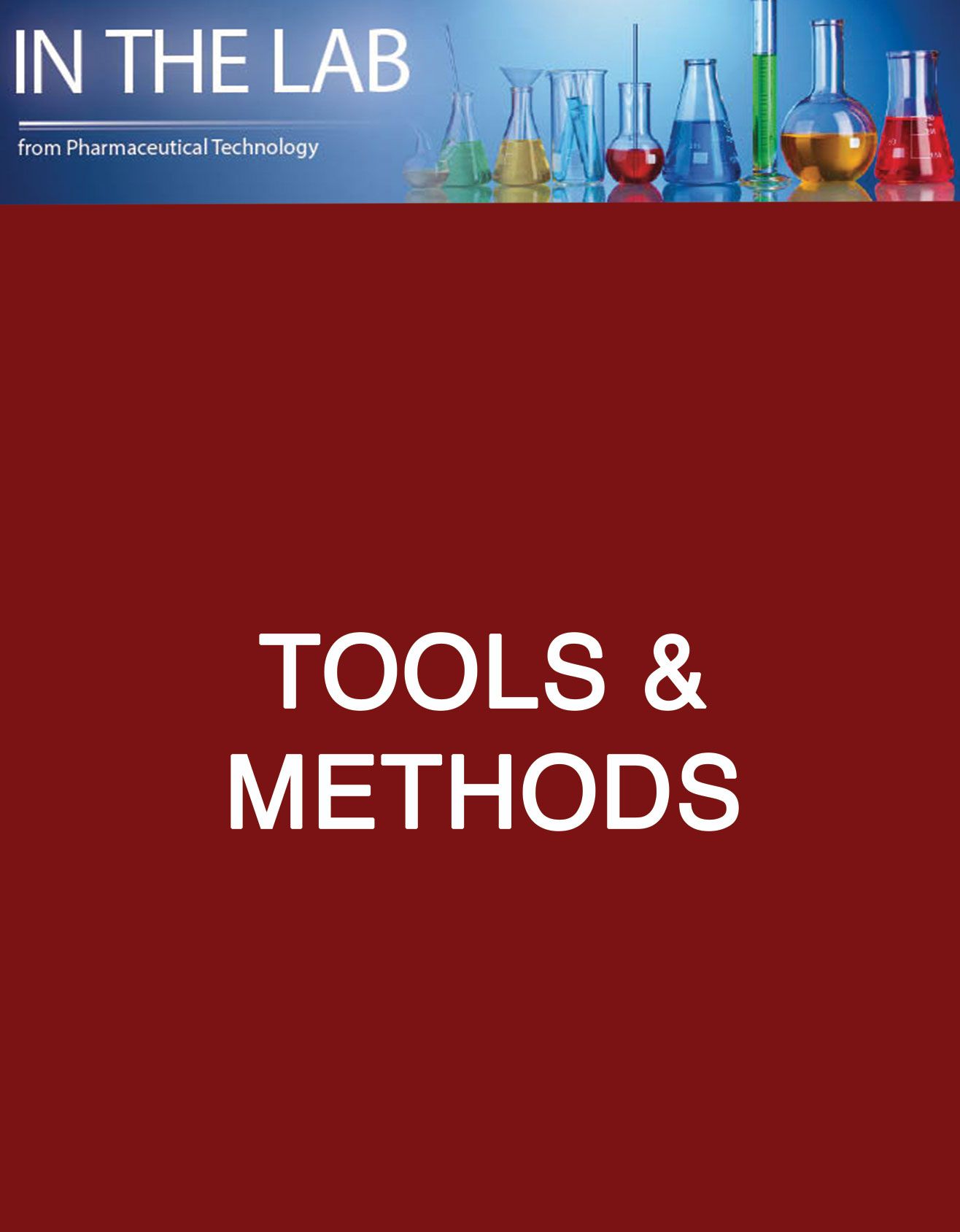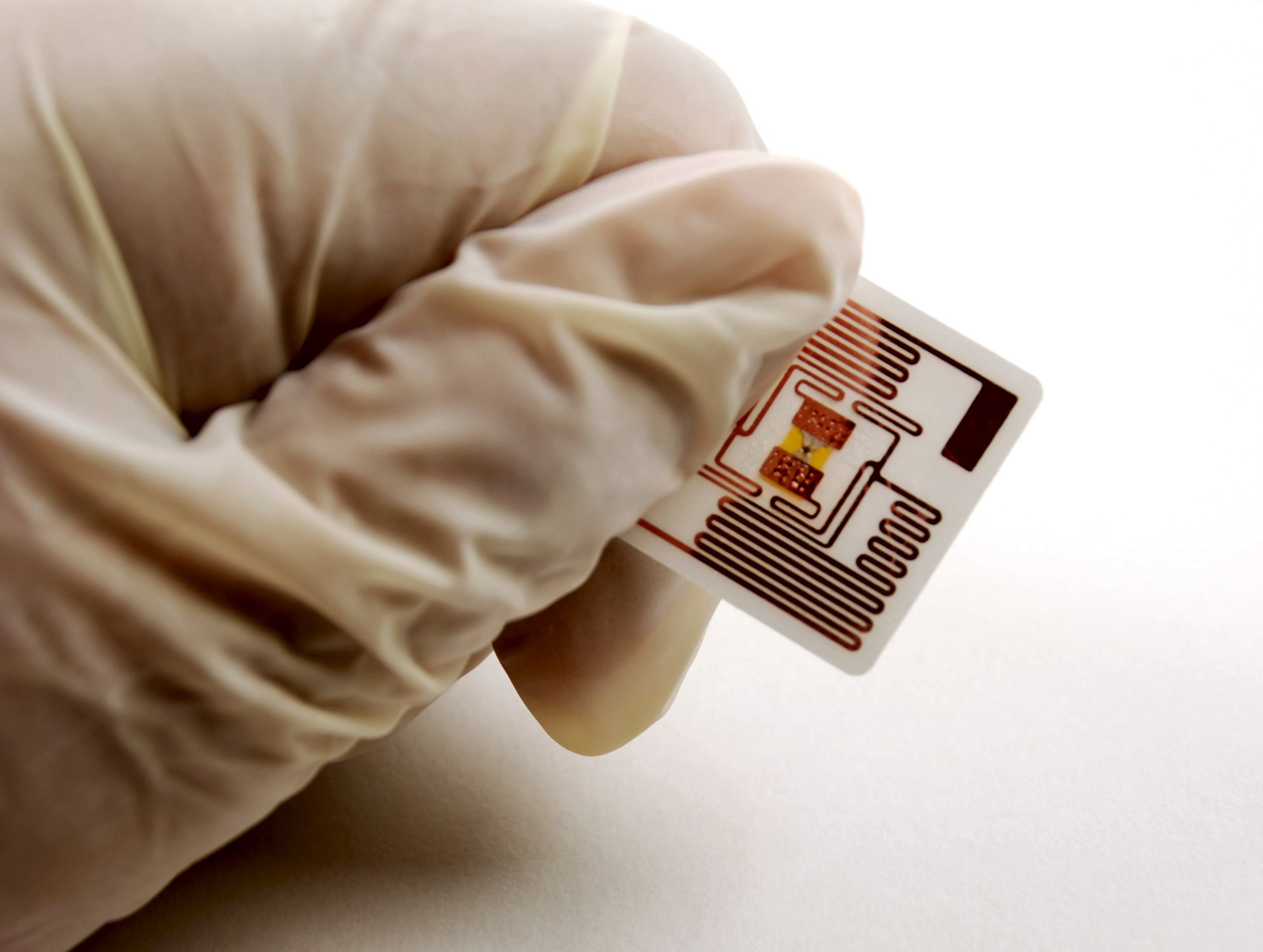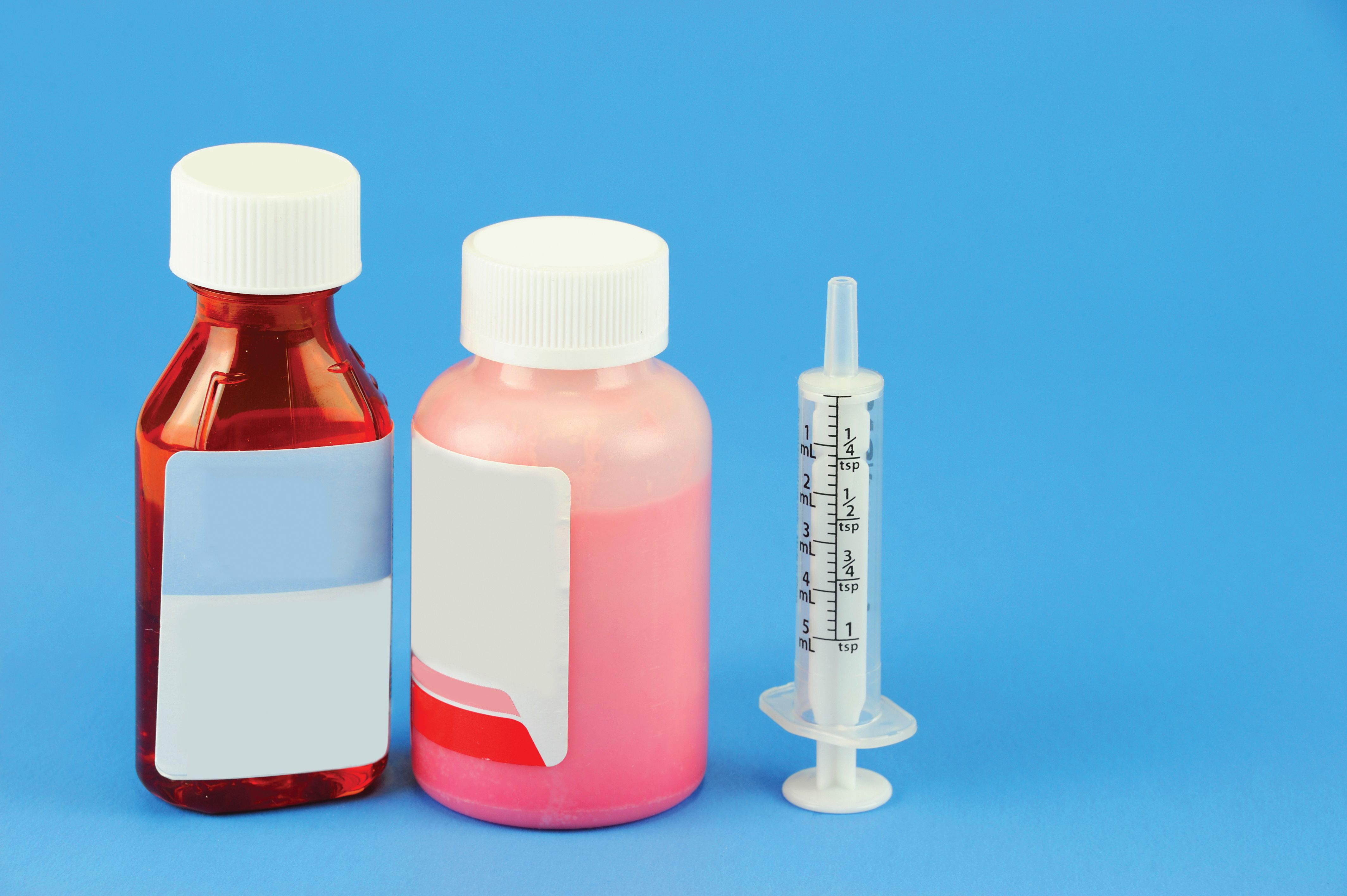From sending money to friends with a mobile payment app to tracking a package delivery door-to-door, digital technology is ubiquitous in the consumer world—so much that consumers expect it. But the technology advances that create a seamless consumer experience haven’t fully made their way into the laboratory environment.
In a 2020 Accenture report surveying 128 life sciences industry leaders, 40% replied that they had not yet applied digital transformation efforts to R&D or quality control (QC) labs, and 37% more were still in pilot mode. The same survey revealed that 70% of respondents who have scaled up or widely adopted digital transformation reported achieving or exceeding anticipated business value (1). Although the benefits of digital transformation are clear, there is much progress to be made.
Best Practices for Digital Technology Integration
A good framework for best practices in the integration of digital technology in laboratory systems include:
Use an open architecture system. Interoperability among systems is essential. Using a proprietary ecosystem will prohibit expansion or scaling in the future. Avoid data siloes by choosing technology solutions that connect with existing and future technologies.
Outline and understand security limitations. Figuring out how to mitigate security limitiations early in the technology adoption process can help to avoid potentially significant disruptions in the future. Involving all relevant information technology team members from the start is an essential first step in this direction.
Identify key lab digitalization partners. It is recommended to not try to build everything alone. Partners, either a business or individuals who excel in their industry or subject matter area, can help provide guidance with their expertise and best-in-class technology.
Embrace change. Changing long-established routines and processes can be a challenge in any organization, but when it comes to digitalization, that break in routine is a break in the right direction.
—Bruce Dembofsky and Tola Olorunnisola
Making that progress is critical. Labs are increasingly challenged to operate more effectively. From executives who want to ensure labs operate efficiently and sustainably, to investor expectations around speed-to-market, to patients’ need for affordable therapies, the more inefficiencies labs can remove from their processes, the better they can meet all the demands being placed on them.
Additional drive for digitalization comes from the bench itself. On average, scientists spend as much as 42% of their time handling noncore, administrative tasks, including tasks such as procurement and inventory and equipment management (2). Every minute a scientist spends searching storerooms for a misplaced consumable is a minute that their focus is taken away from discovery and innovation.
In addition, labs are also being challenged by larger trends, such as supply chain issues and sustainability. Inflation is compounding already-increasing costs for materials used to make complex therapies. Shifts in the workforce—whether pressure to retain workers or labs moving to hybrid or virtual teams—are also straining lab resources. These changes make it more incumbent on labs to find ways to leverage technology to deliver on tasks that do not necessarily need to be handled by humans. Likewise, increased globalization—and the regulatory and logistical considerations it brings—challenges labs to operate with seamless transparency.
The frustration of fragmentation
In the automated manufacturing world, production machines use sensors and controls to efficiently capture, filter, and package data. The data is then transferred via gateways to cloud-based analytical platforms that generate actionable data in real time, helping to create a real-world “factory of the future”. As a result, automated manufacturers can drive efficiencies, decrease time-to-market, and meet their customers’ evolving needs.
Yet in the lab environment, fragmentation in information and process flows persists. Experimentation platforms generate an ocean of data and results quickly and efficiently. Yet the data collected are not necessarily easy to connect and integrate in a smooth way. For example, scientists prepare and document their protocols differently on a wide range of tools, from paper to spreadsheets to electronic lab notebooks, and use various tools, such as literature or instrumentation, during any one stage of the process. However, these tools often lack interoperability or the capacity to exchange and utilize data between users.
This lack of visibility constitutes a core challenge for labs. Researchers and lab managers may not be able to access timely information to identify trends or adapt to evolving situations, leading to increased costs, waste, and time to market. This can be attributed to several factors:
- Stock-outs: whether a rarely used product is suddenly needed and has not been reordered, or stock of high-demand products is depleted simultaneously by multiple research teams, this situation can interfere with or cancel valuable research work.
- Overorders and slow inventory turnover: to protect themselves from stock-outs and supply chain disruptions, many labs overorder and maintain excess supplies of products that are stored for months or longer until they expire and require disposal.
- Duplication of work: teams in other labs may have been running the same protocol but without visibility, resulting in other scientists not having access to that critical data. What’s more, they may have missed out on the opportunity to change the variations being run. This slows productivity and leads to missed data opportunities.
Supporting an integrated digital lab: closing the gab between source and scientist
Digital transformation that includes intelligent integration of data systems can significantly improve lab workflows, strengthen the supply chain, and give researchers more time to focus on science. Labs are already making some progress in one key area: compiling instrumentation data into one system or data warehouse. By collecting these data in a single accessible location, scientists can pull valuable instrumentation data as needed.
Labs are also increasingly adoptiing automation. Combining automated technologies with data analysis on what scientists are doing and which protocols they are working on can generate real-time predictive analytics based on prior trends. As a result, a lab no longer needs to wait weeks or months to identify trends or adapt to changing situations. Rather, they can quickly acquire and allocate resources, even across multiple locations, while giving researchers more time to discover and innovate.
The predictive data approach is based on historical data, such as order history, sample history, consumables consumption, and equipment use. The next stage of evolution for labs will be a move toward prescriptive analytics. This approach combines the ability to predict based on past trends with larger factors, such as market trends or supply chain disruptions. The result is a layering of what should be done now to offset what will likely happen in the future.
Considering some of the world’s largest e-commerce companies, it has been shown that such companies can predict consumer needs before those needs are known to the consumer. In a lab setting, that same type of digital transformation could identify, for example, a disruption in preferred test tube supply—such during the COVID-19 outbreak—and use artificial intelligence (AI) to recommend an available alternative that meets the experiment’s protocols.
Equipment is a crucial example of this, as it can act as a key bottleneck if a lab doesn’t have enough of a specific piece of equipment, or if many of a lab’s researchers want to use a specific piece at the same time. A predictive approach to equipment management starts by looking at historical usage: Are scientists using this equipment more or less frequently? Do they favor certain types? How often does it typically break down?Answers to questions such as these are important for planning capacity and ensuring researchers have access to the tools they need.
In the not-too-distant future, a prescriptive approach in laboratories will expand on the information needed to make recommendations, often with artificial intelligence. A prescriptive platform might, for instance, recommend that a scientist change a filter on a particular mass spectrometer every three months to extend the equipment’s life span from one year to potentially three years.
Along with a shift toward prescriptive analytics, labs can leverage other types of technology to create more opportunities for researchers to focus on science. For example, virtual reality (VR) has the potential to act as a powerful collaboration tool. A scientist could wear a VR lens to see how an experiment should be run without having to be in the same physical space as another scientist. This type of play-by-play immersion could be delivered by a recording of the experiment or in real-time with a scientist in a lab across the globe. The same value could be brought to equipment management, allowing a scientist with VR equipment to work with an off-site equipment technician to fix malfunctioning equipment.
As researchers continue to drive innovations that improve lives for patients around the globe, technology will continue to help enable that discovery. Whether it involves a VR collaboration session with a colleague on the other side of the world or AI that anticipates solutions for supply chain disruptions in vaccine development, digital transformation technologies empower labs and their teams to get treatments to market faster.
References
1. Accenture, Digital Transformation in the Lab: Bridging the Analog Islands in a Digital Ocean, www.accenture.com, February 2020.
2. National Science Board, Reducing Investigators’ Administrative Workload for Federally Funded Research, www.nsf.gov, (March 2014).
About the authors
Bruce Dembofsky is director, Innovations and Partnerships, and Tola Olorunnisola is vice-president of Innovation, Marketing & Digital; both are at Avantor.






